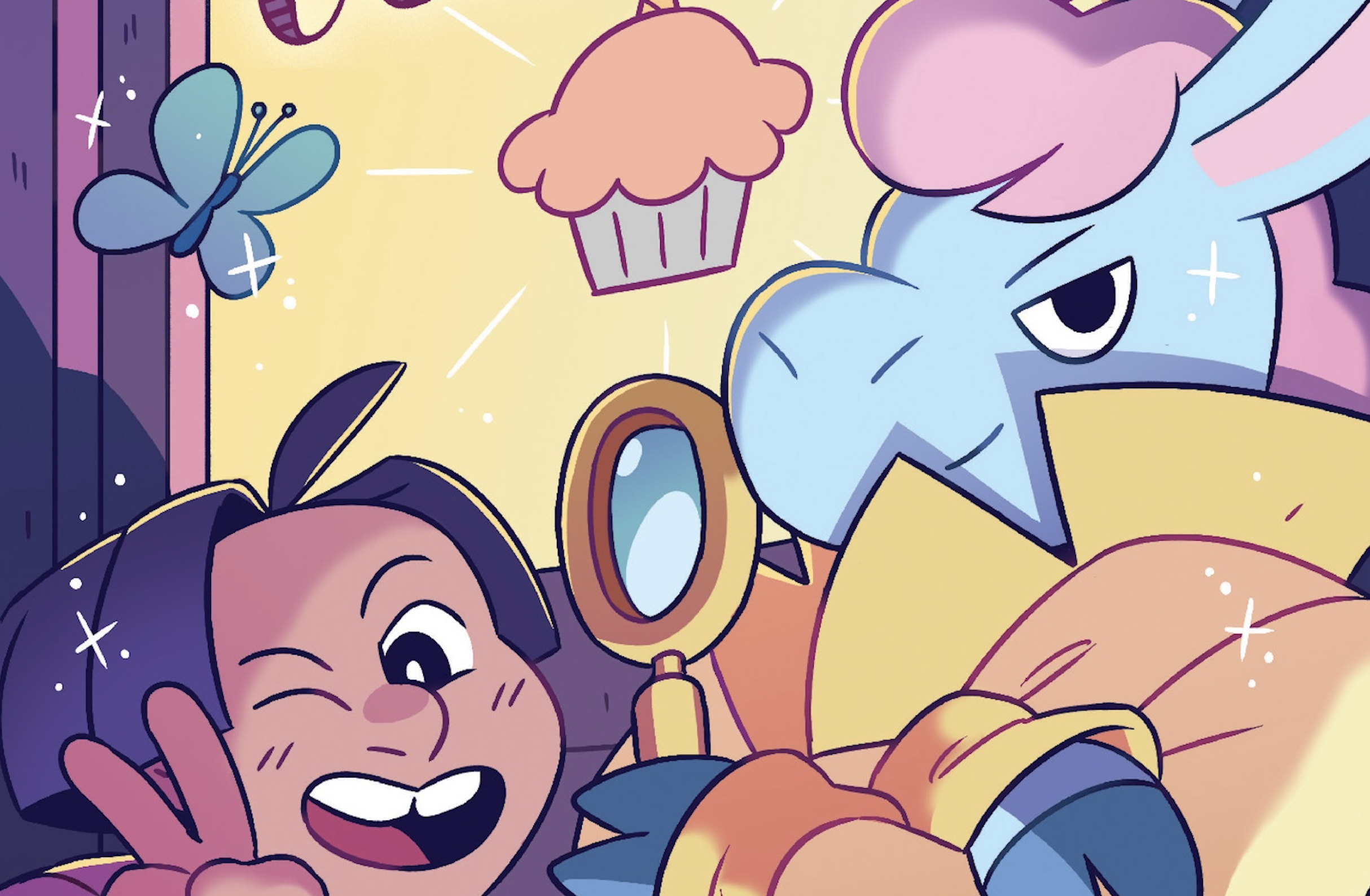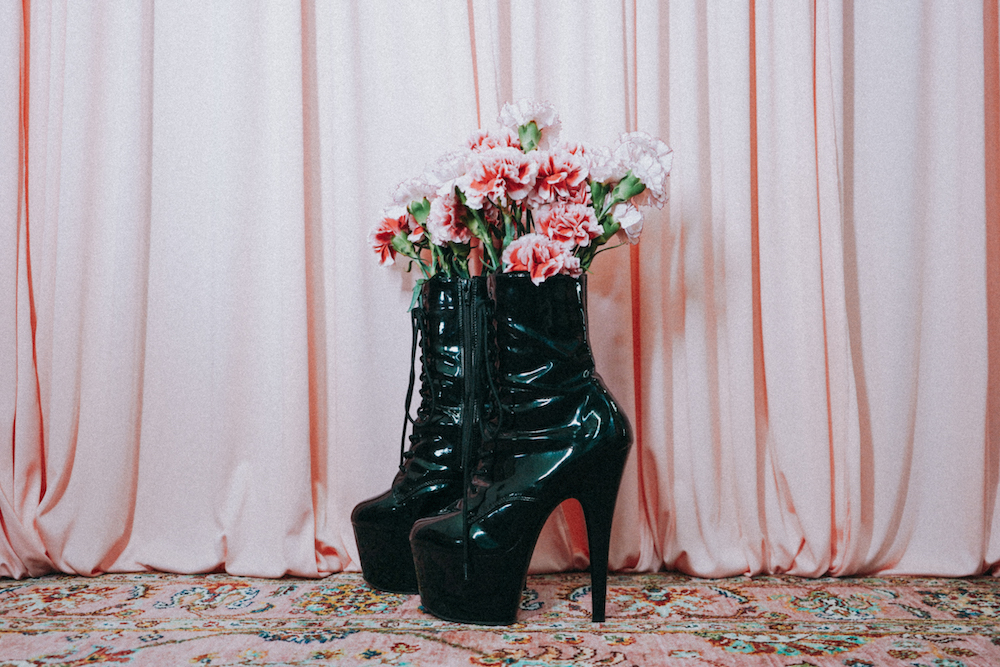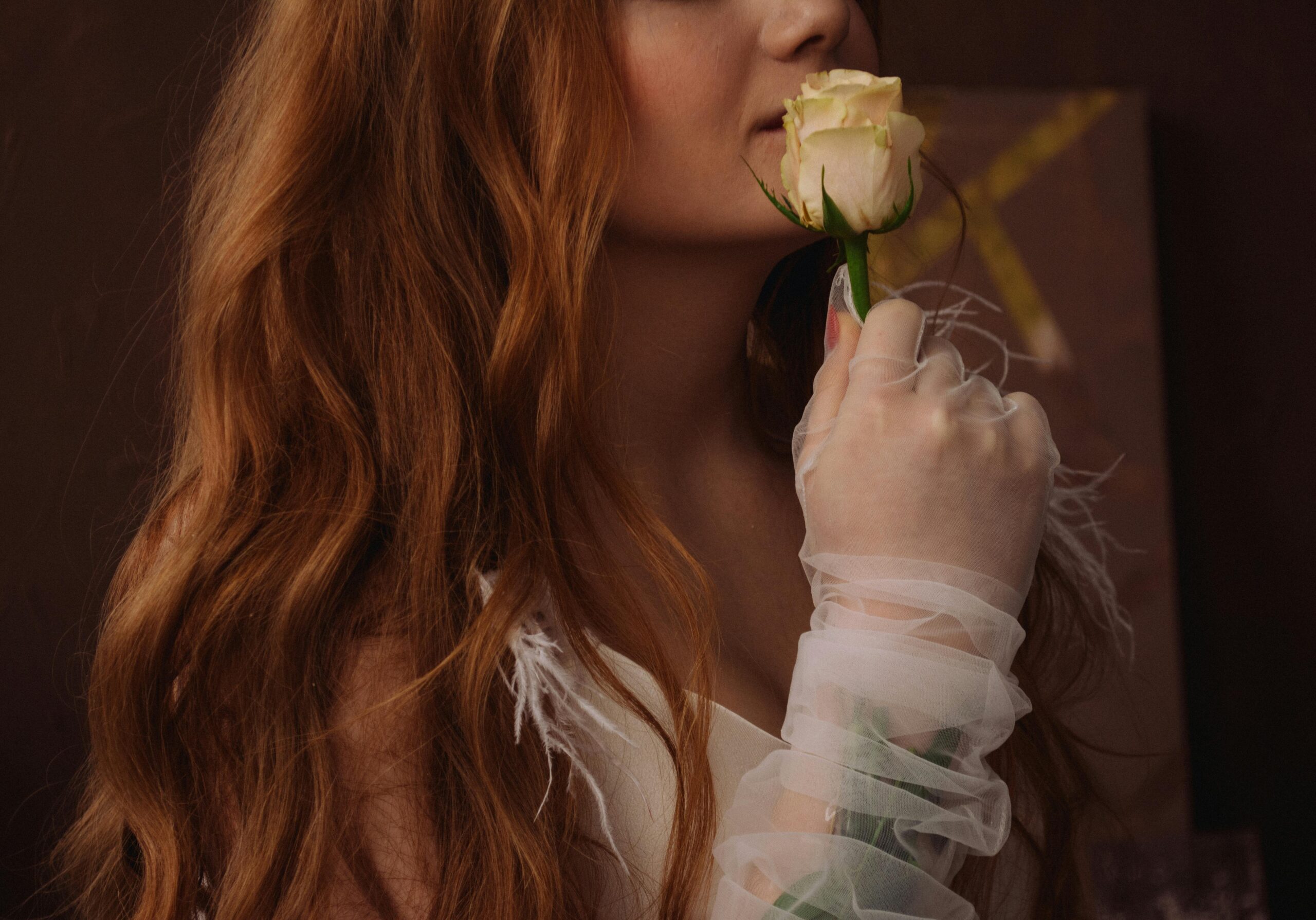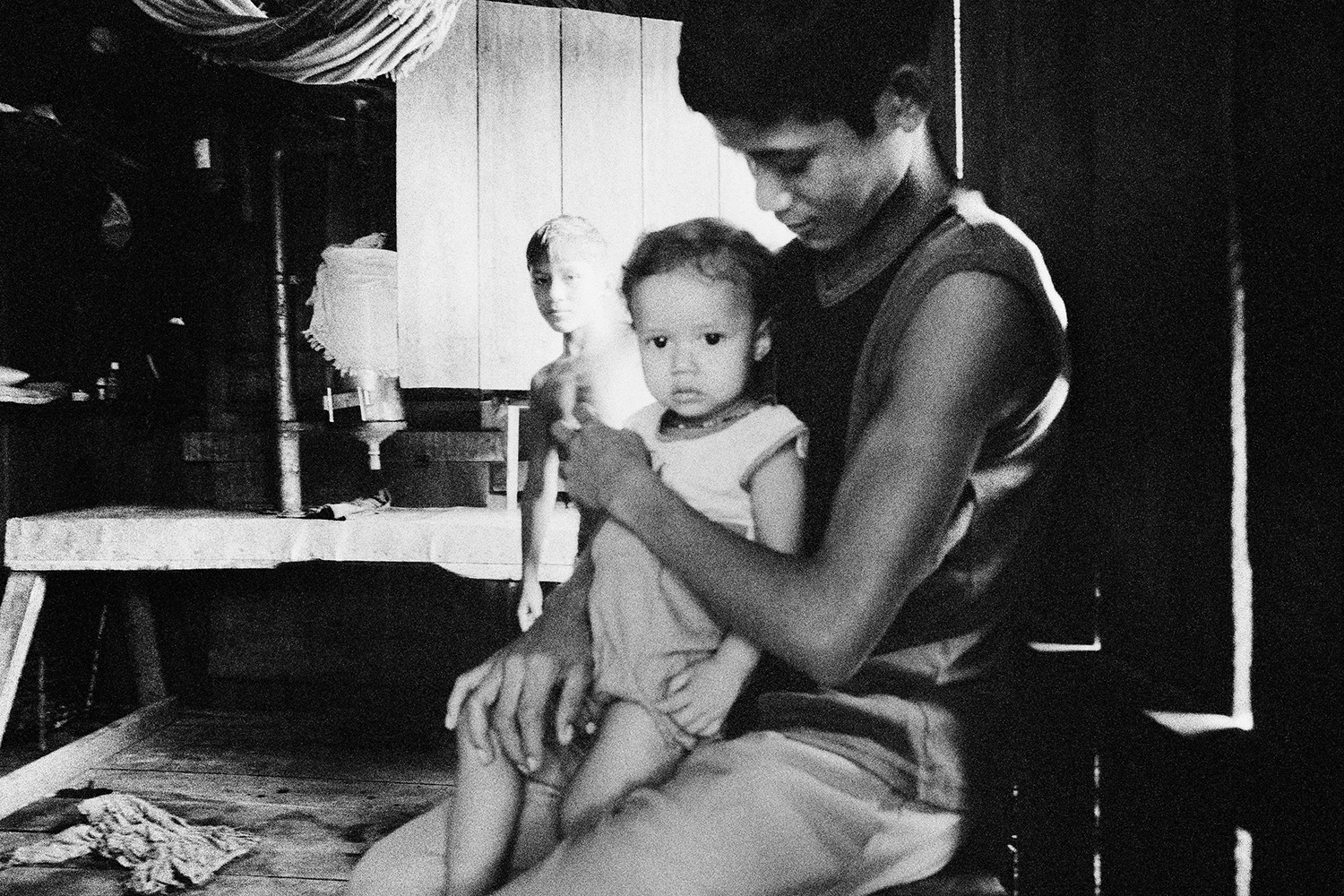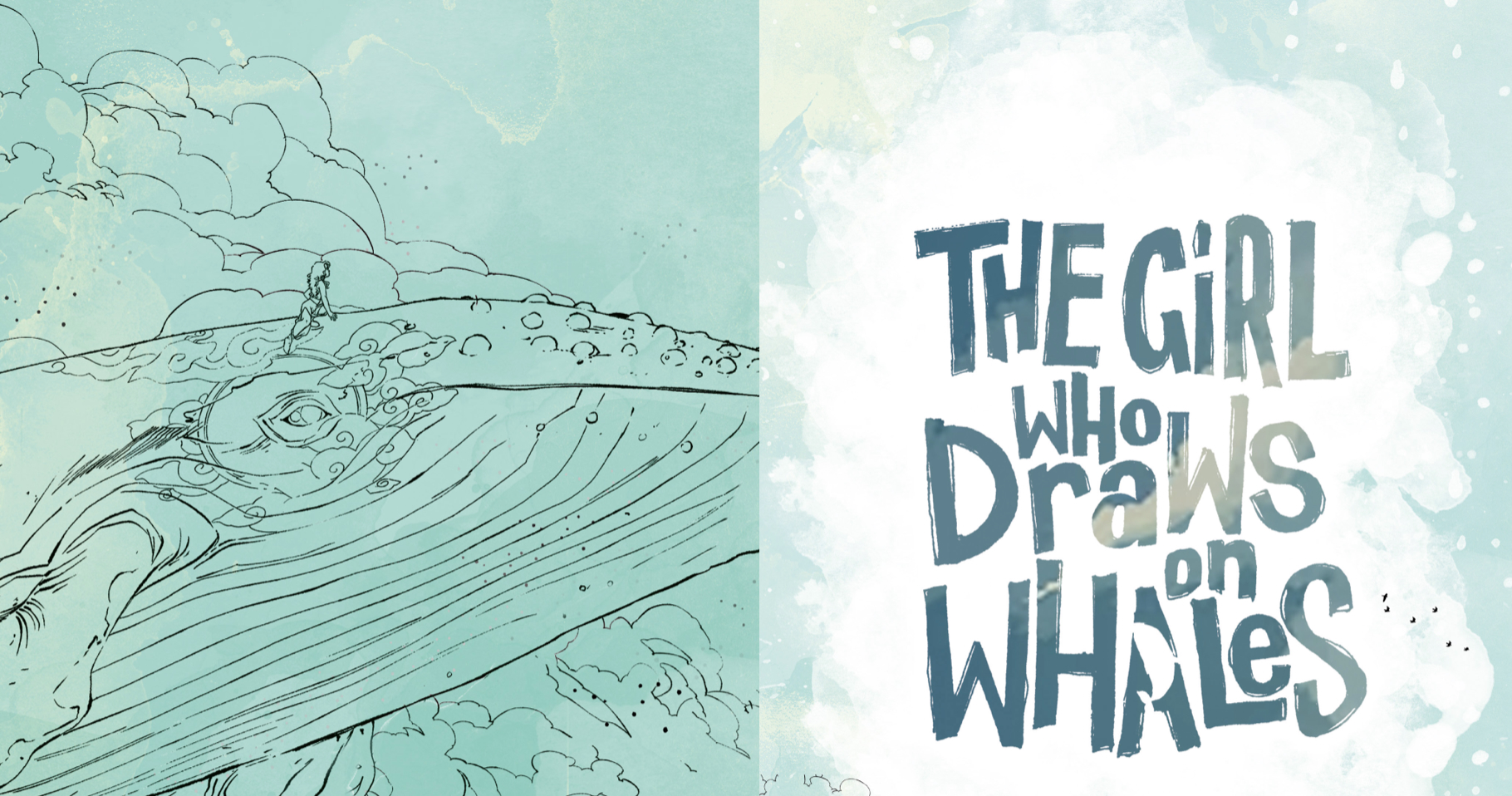
Global narratives are shaped by what we see, hear and read. Photography has the power to provoke, inspire and inform, but the lens through which the image is being taken matters a great deal.
Women are still very underrepresented in the world of photography, as a 2016 World Press Photo survey found that only 15% of competition entries were from women. When it comes to women in Latin America and the Caribbean, a 2023 Women Photography report found that women and nonbinary photographers were behind 21% of images published in major media outlets, a significant increase from 13.4% in 2017. This means the stories and narratives coming out of the LAC region are starting to be shared from a wider perspective, but there is still a long way to go.
Photographer and curator Verónica Sanchis Bencomo, a Venezuelan-Spanish artist, has seen first-hand what happens when women’s voices and work is uplifted through a platform she created a decade ago, which is today being celebrated in a new exhibition in New York.
In 2015 Verónica founded Foto Féminas to promote the work of female and non-binary photographers working in Latin America and the Caribbean. Over the past ten years, the platform has organized and produced photo exhibitions in Argentina, China, Guatemala, Peru, Chile and Mexico.

In 2016, the platform started Foto Féminas’ library which was created to continue Verónica’s mission to celebrate and archive the work of female Latin American photographers. The mobile library has been displayed and exhibited at different art institutions and festivals in Hong Kong, Taiwan, Singapore, Miami and New York.
Today the platform celebrates a decade highlighting the work of Latin American and Caribbean female and non-binary photographers in a new exhibition at the Bronx Documentary Center titled ‘Foto Féminas: 10-Year Anniversary’. Featuring multiple artists from the Foto Féminas’ community, the show highlights diverse voices and visual narratives; the exhibition curated by Verónica, also includes a reading library of publications.
We spoke with Verónica to learn more about the exhibition, why photography is such a powerful form of communication, and the inspiration she hopes Foto Féminas brings in our current socio-political landscape.

What first made you launch the Foto Féminas platform 10 years ago? What did you see was missing from the photography landscape that you wanted to address?
Foto Féminas was born from my own frustrations as a Venezuelan woman and photographer. I began my photography studies in the U.K in 2005. From the very beginning, I noticed that it was difficult to find content created by women photographers, and even more so by Latin American and Caribbean women photographers.
As it felt like a real need to see what my contemporary peers were working on, I embarked on this research and decided to build a website to make it accessible to all in English and Spanish. I guess somehow I felt like I wanted to fill my personal void, and that same feeling resonated with others.
What made you interested in photography in the first place, and how have you used it as a tool for conversation, change or communication in your own life?
I first became interested in photography when I was a kid. I remember being bored at home with my brother when we started searching through my dad’s closet and I first encountered his film Minolta SLR. I had never seen one before, I was mesmerized by how beautiful it was, I explored each corner, I was dying to hold it in my hands when all of a sudden I viewed through the view finder and I realized I had never experienced anything like it.
I don’t remember if it was me or my brother when one of us pressed the shutter. I loved the sound, the metallic feeling in my hands. I have this vivid image of me holding the camera looking outside my bedroom window. All of a sudden it all changed the way I looked outside, and that feeling really stayed with me.
My second memory is going through my family albums archive. My dad had a lot of photographs. I remembered having a strong feeling about archiving negatives, photographs, saving different mediums, polaroids, 35mm, the rare medium format family shot. For some reason all had a huge precious value to me. I was compelled to preserve it, so I edited my own album and I included captions to almost each photo as well. I think this was my first step into photo editing, sequencing, selecting and the hazardous truth of editing out photos (haha).
Later on, when I was a teenager, I discovered photography in magazines.I discovered photo essays and photo reportage and instantly loved it. I became a regular National Geographic and History magazine reader. I loved how text and photography worked together so powerfully. I think this initial interest took me to then pursue my studies in photojournalism. I strongly believed in the power of photography, and I still do so.
Photography is so involved in my life. It’s my job, my research project, and it’s even present with my kids at home. We build family and personal photo albums. We talk about the power of memory and ancestors in our photos at home. Photos initiate communication, critical thinking, memories and a sense of wonder. I hope everyone gets to experience that in their own right.

Being Venezuelan-Spanish, why is it important to you to uplift the artistry of Latin American and Caribbean women and non-binary photographers, especially in the United States?
As a Venezuelan woman and photographer it became really important for me to find my community, my peers, and contemporary reference. I think in order to grow as an individual it is really important to connect with your contemporary visual language as well. It’s important to understand their work, weaknesses and strengths. All this motivated me to build a community where we could all see each other’s work, with the hope that we could inspire and motivate each other.
What have been some of your favorite images and stories that the platform has featured, and why do they stand out to you?
I think it is difficult to select a favorite image, story or project throughout these 10 years. I feel like every single story that I have featured represents something important and adds to these collective contemporary understanding of Latin American women and non-binary photographers. I don’t think I can select 1 project, but I would definitely love to invite everyone to visit the site to browse through the projects, and perhaps even find its own favorite story or image.
Having organized exhibitions throughout the region over the past decade, what has been the larger impact on women and non-binary photographers in LAC seeing themselves reflected in this work?
I can only share what photographers have shared with me throughout the years, but many of them have expressed that the opportunity of showing their work on Foto Féminas has opened up other doors in their photography journey. I think many photographers have felt that they have found themselves motivated and inspired by also visiting the site, accessing the stories, discovering new names, and that’s exactly what I wanted.
I always wanted to make it accessible so stories could be approachable by all, and that you could hopefully find and seek whatever resonates with you, that speaks with you, and then you can decide how you want to follow that photographer or work. I can only hope that sharing their work can expose them to engaging and interesting conversations.

At a time when there is so much division and misinformation being spread under the Trump administration about immigration, how do you hope the 10th anniversary celebration of Foto Féminas will engage, educate and enlighten viewers to see a more realistic and human perspective?
I feel like no matter what the time is I really hope that the Foto Féminas research can be valuable for our community and others. I hope this contemporary research can provide an opportunity to learn about various stories in documentary, journalistic, conceptual and experimental approaches. I hope that all these various stories and photobooks can inspire other people no matter their backgrounds and inspire people to create their own narratives. Visibility is not only enriching for the person in question, it is also for the audience who receives it.
How do you find the photographers that are featured, or how do they find you? What is your process of selecting the works for the exhibitions?
So the way I find photographers it’s through different ways. First of all, we have an open submission throughout the year where there is no theme or no cost to submit. The photographers should send one body of work with at least 10 images and their statement and captions, when necessary.
I’m always seeking to see a strong photographic voice and an engagement in the story, sometimes the stories are in progress some other times they are fully done, but it doesn’t matter in which stage the stories are, what I care the most is this personal engagement and uniqueness.
Another way I also find photographers is through research which can occur either through social media or when I am a judge in different contests. I also find really talented photographers when I conduct portfolio reviews. And then finally, sometimes photographers have actually suggested photographers to be featured in Foto Feminas.
There is not a single road to it. There are multiple ways in which I have found photographers. I’m always on the lookout for new voices, talents and interesting conversations. I attend different events as well as talks, fairs, etc. I’m a curious person. I’m interested to hear different stories and narratives, so hopefully that curiosity is reflected in the selection of the works as well.

Why is photography an important and powerful medium today in a world where there is so much media saturation, social media dominance, and everyone competing for our attention on a daily basis?
I have a strong belief that photography is a very democratic medium, but it’s also a very welcoming media to the masses. I think there is a lot of photography today, but that doesn’t mean that there is great photography everywhere. When you see a really good photo it completely stops you, invites you to think, to ask questions to yourself and to others. I still believe that even though we consume hundreds of images every day, we are still able to recognize when something is unique. I think this is a statement of how much we need visual language, just as much as words really.
I think we will continue to be mesmerized by photography, no matter how many images we consume in a day. I think in fact, we should invest more in visual literacy because the visual language is only growing stronger.
What do you hope viewers of the exhibition will leave thinking about or love the most when they come and see Foto Féminas: 10-Year Anniversary?
I hope viewers can feel first of all inspired. I also hope that the exhibition can spark a sense of curiosity and interest to learn more about each story and each photographer. I hope that the audience can take time to browse through the books and then lead them to the photographer’s websites and social media handles.
There is so much to learn about all the amazing things and various projects that each photographer works on. I also hope that this exhibition can work as a statement about contemporary Latin American photography and how many different women and non-binary photographers produce work across the Latin region.
Visit the Bronx Documentary Center to view the ‘Foto Féminas: 10-Year Anniversary’ exhibition on display until November 2, 2025. See more images and learn more about the platform by visiting the Foto Féminas website, and follow them on Instagram, Facebook, and Vimeo. You can also follow Verónica on Instagram.












